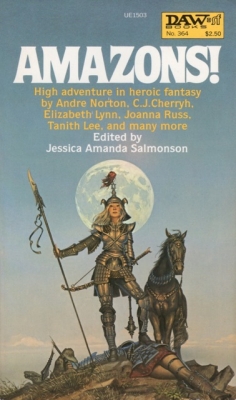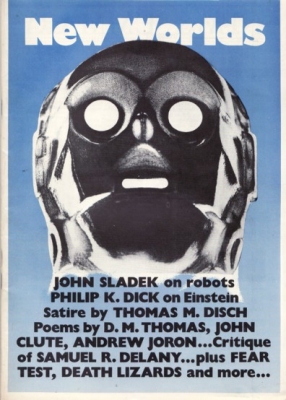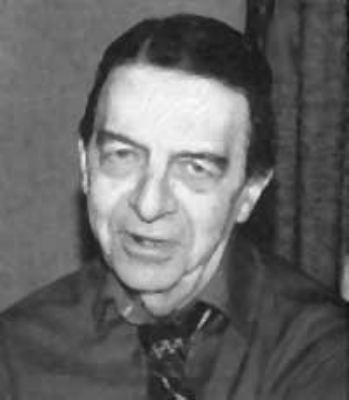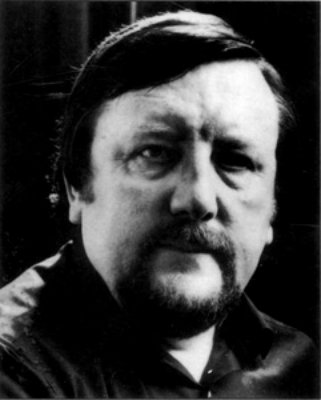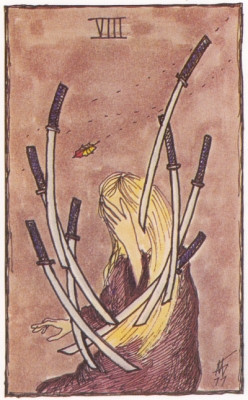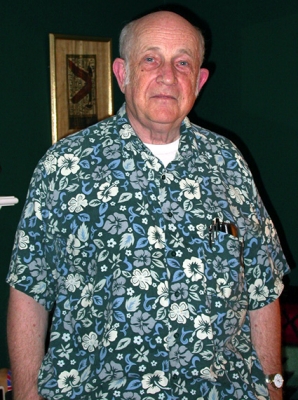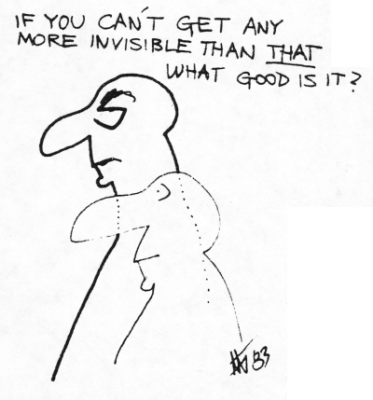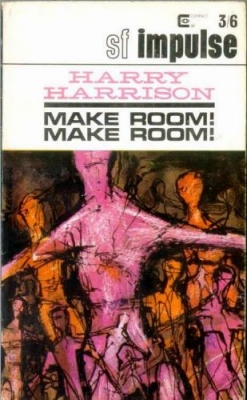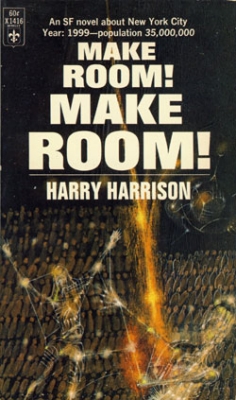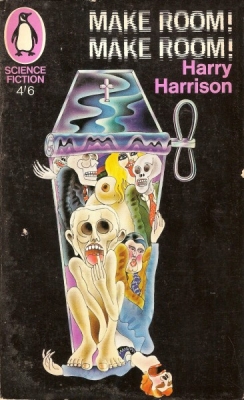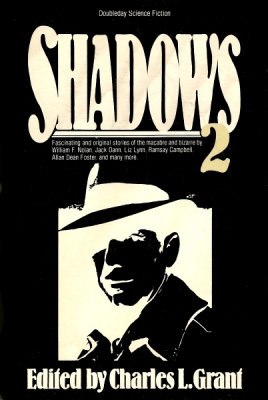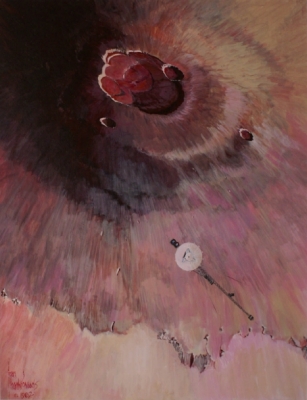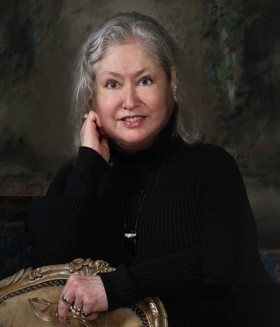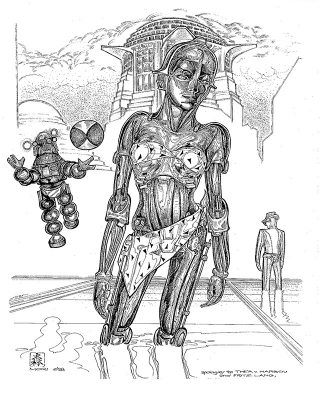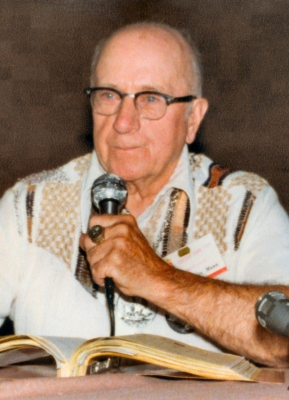Galloway Gallegher — Kuttner’s Sauced Scientist
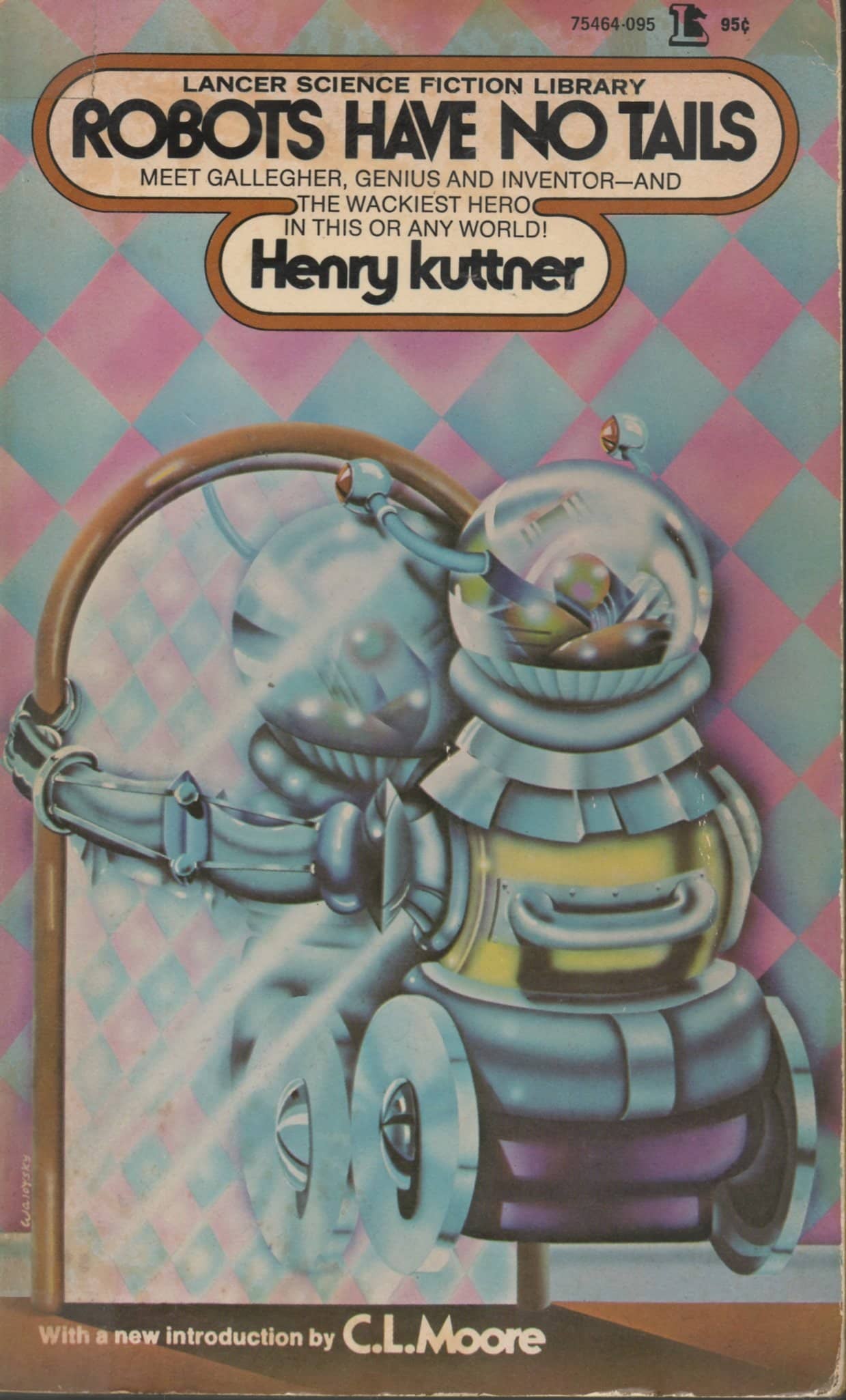 |
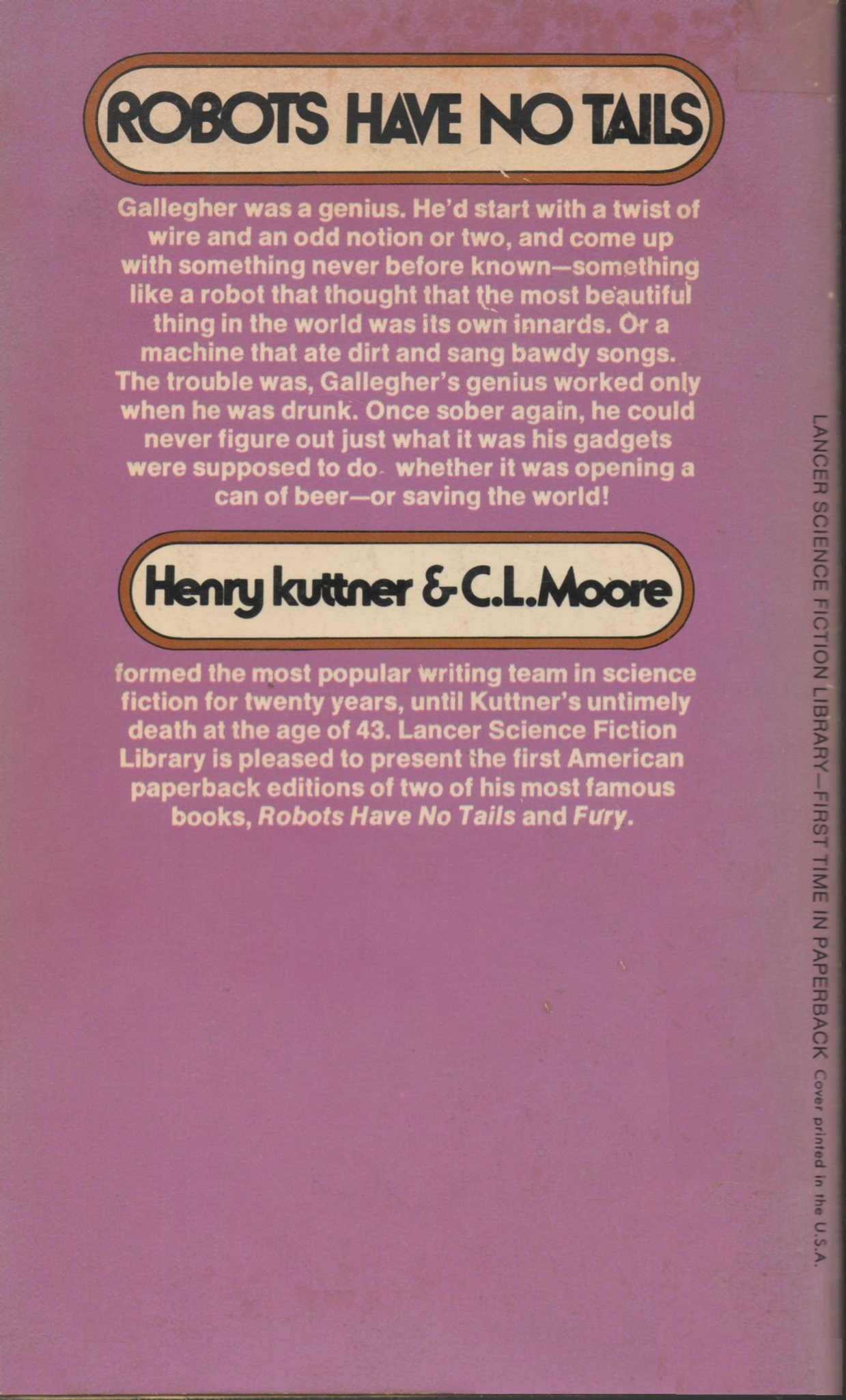 |
Robots Have No Tails (Lancer, 1973). Cover by Ron Walotsky
Try this one on for size…you go to sleep one night and have a lively dream. You see yourself doing wonderful things, creating new devices based on principles so advanced you can’t even image how they could be. You don’t question the fact that it is a dream because you know that, normally, you could never build such fabulous, world-changing technologies. It’s all kind of fuzzy though — what you’re building, the people you’re interacting with, everything.
When you wake in the morning you discover any number of strange devices in your house. You have no idea what they are, how they work, or where they came from. The phone rings. Apparently, there are several people to whom you now owe a lot money. You’ve never met any of them before but they seem to know you. Is it a scam? You hope so because one of them is suing you for breach of contract. Another is taking you to court for assault and battery. What happened? Could your dreams have been real somehow? Regardless, it seems that you’re now morally responsible for a whole lot of trouble.
This is essentially the premise of Henry Kuttner’s five Galloway/Gallegher stories: “Time Locker” (1943), “The World Is Mine” (1943), “The Proud Robot” (1943), “Gallegher Plus” (1943), and “Ex Machina” (1948).
